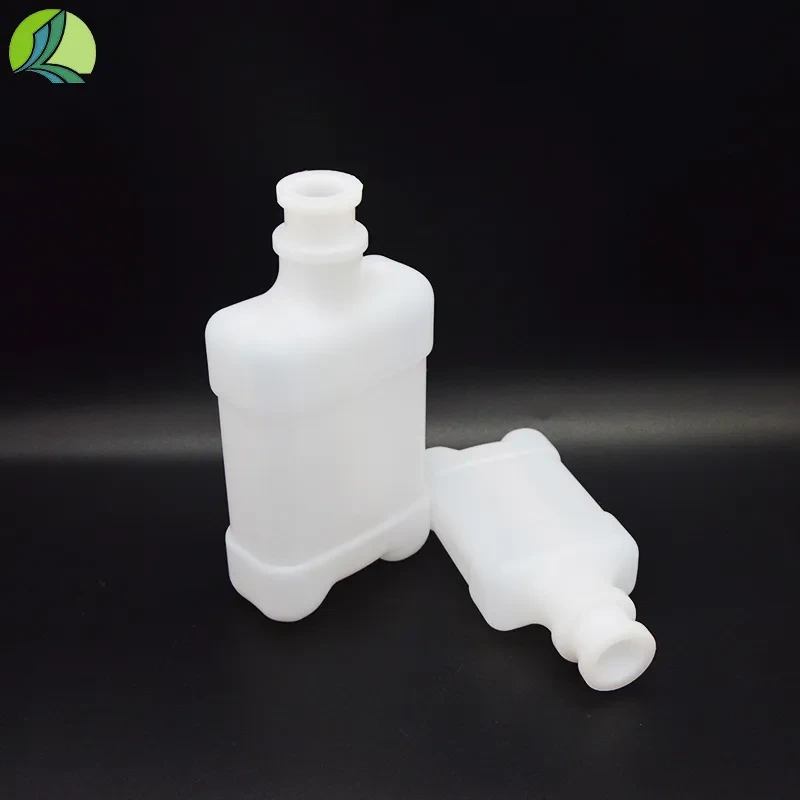Pharmaceutical Container for Safe Storage of Medications
The Importance of Medicine Bottle Containers Design, Function, and Safety
In the realm of pharmaceuticals, the significance of medicine bottle containers extends beyond mere functionality. These everyday objects play a crucial role in the safe storage, dispensation, and consumption of medications, ensuring patients receive the right dosage while minimizing the risk of misuse or contamination. This article explores the various facets of medicine bottle containers, focusing on their design, functionality, and contribution to safety.
Design Considerations
The design of medicine bottle containers is a multifaceted endeavor that balances aesthetics, user-friendliness, and functionality. Typically made from materials such as glass or high-density polyethylene (HDPE), these containers must be durable yet lightweight, providing both protection and ease of use. The choice of material often depends on the type of medication being stored, as certain substances may react with plastic, while others might require the impermeability of glass.
Another critical aspect of design is the opening mechanism. Many medicine bottles feature child-resistant caps to prevent accidental ingestion by children, a leading cause of poisoning. These innovative closures often require a specific method to open, such as pushing down and twisting, which adds an extra layer of security. However, it is essential that these caps remain user-friendly for adults, particularly the elderly, who may have diminished dexterity.
Additionally, labeling is a vital component of medicine bottle design. Clear, concise labels not only provide essential information about the medication, including the drug name, dosage instructions, and expiration date but also include warnings and potential side effects. With the rise of digital health records, some containers now incorporate QR codes that, when scanned, provide comprehensive information about the medication, enhancing patient understanding and adherence.
Functionality and Storage
The primary function of a medicine bottle container is to safely store medications, either in liquid or solid forms. For liquid medications, bottles are typically designed with specific pouring mechanisms to prevent spills and ensure accurate dosing. In contrast, solid medications, such as tablets or capsules, are often packaged in bottles that allow for easy access while protecting against moisture.
medicine bottle container

Proper storage conditions are another crucial aspect of functionality. Many medications require storage in cool, dry places, away from light, to maintain their efficacy. Medicine bottle containers are thus designed to provide a barrier against environmental factors that could compromise their contents. Some bottles even include desiccants to absorb moisture and maintain optimal storage conditions.
Safety Considerations
Safety is the foremost priority when it comes to medicine bottle containers. By using tamper-evident seals, manufacturers can provide an additional layer of assurance that the medication has not been altered or contaminated before reaching the consumer. This feature is particularly important in an era where counterfeit medications pose significant risks to patient health.
Furthermore, clear instructions regarding the disposal of unused or expired medications are increasingly being included on labels or packaging. This is essential in promoting safe disposal practices, reducing the risk of accidental ingestion or environmental contamination.
Education plays a pivotal role in fostering safety. Patients must be educated on the importance of adhering to prescribed dosages and understanding the risks of sharing medication. Healthcare providers often emphasize the need for patients to familiarize themselves with the contents of their medicine bottles, including recognizing potential interactions with other medications or food.
Conclusion
Medicine bottle containers are more than simple repositories for medications; they are meticulously designed tools that enhance patient safety, ensure proper usage, and promote adherence to treatment regimens. As the pharmaceutical industry evolves, so too will the materials and technologies used in the design of medicine bottle containers. By focusing on safety, functionality, and user-friendly designs, we can create a future where patients not only receive their medications effectively but also understand and respect their importance in maintaining health. The evolution of medicine bottle containers reflects our ongoing commitment to improving patient outcomes and enhancing safety in healthcare delivery.
-
Aesthetic Makeup Spray Bottles | Fine Mist Empty RefillableNewsAug.19,2025
-
White Plastic Veterinary Vaccine Vials | Lab Liquid BottlesNewsAug.18,2025
-
Plastic Medicine Liquid Bottle: Secure Flip Top Drug VialsNewsAug.17,2025
-
Durable 250ml Blue Plastic Vaccine Vial for Lab & Vet UseNewsAug.16,2025
-
Sterile Virus Sample Tubes: Secure & Reliable Specimen CollectionNewsAug.15,2025
-
White 250ml Plastic Vaccine Vial for Lab & Vet MedicineNewsAug.14,2025
























